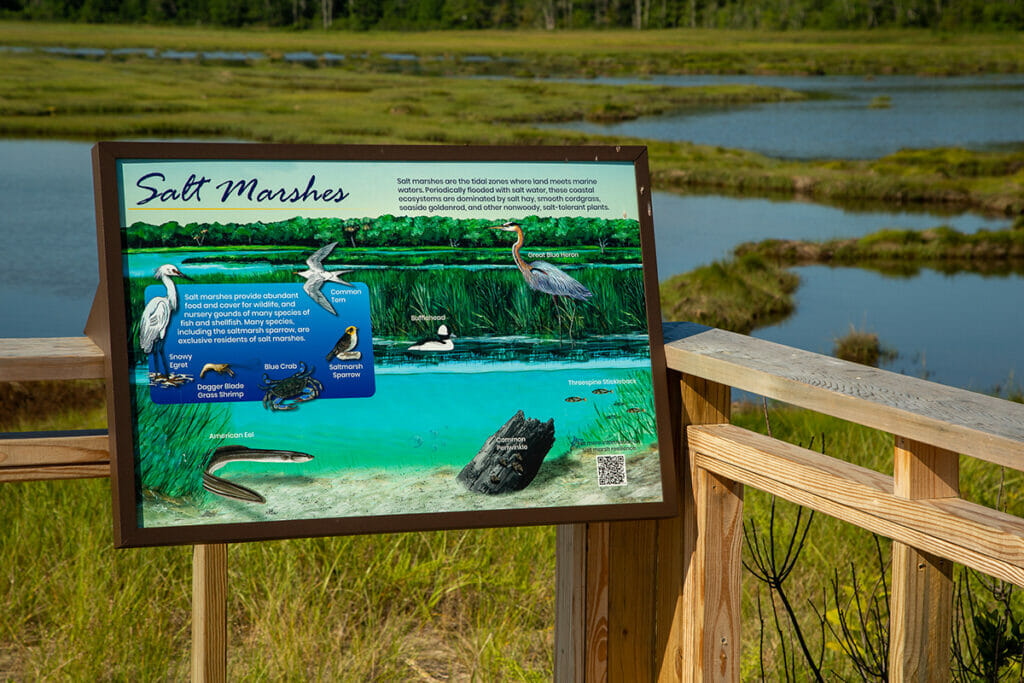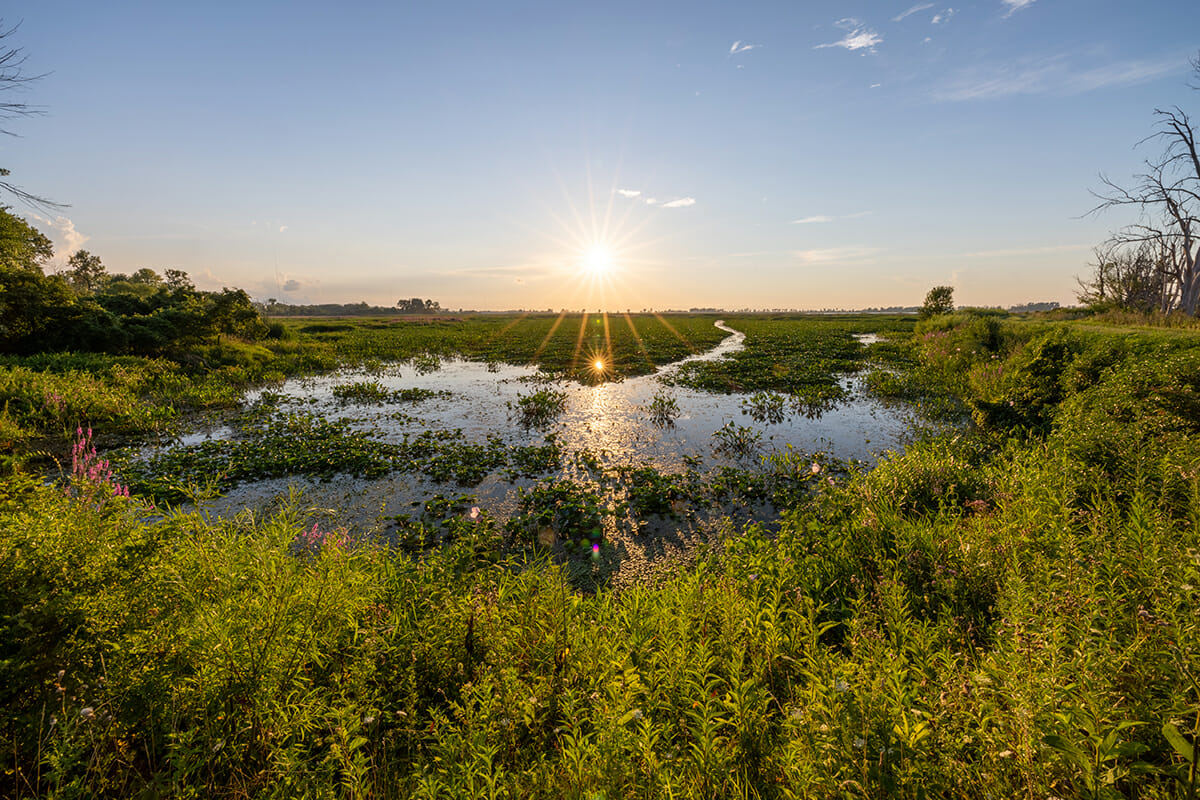Here’s how we can fix crumbling infrastructure, re-open visitor centers, and hit key conservation targets on these overlooked public lands
The National Wildlife Refuge System protects sensitive populations of fish, maintains healthy habitat, and manages land use based on conservation goals. Additionally, over 75 percent of National Wildlife Refuges are open to the public and allow angling, hunting, and more.
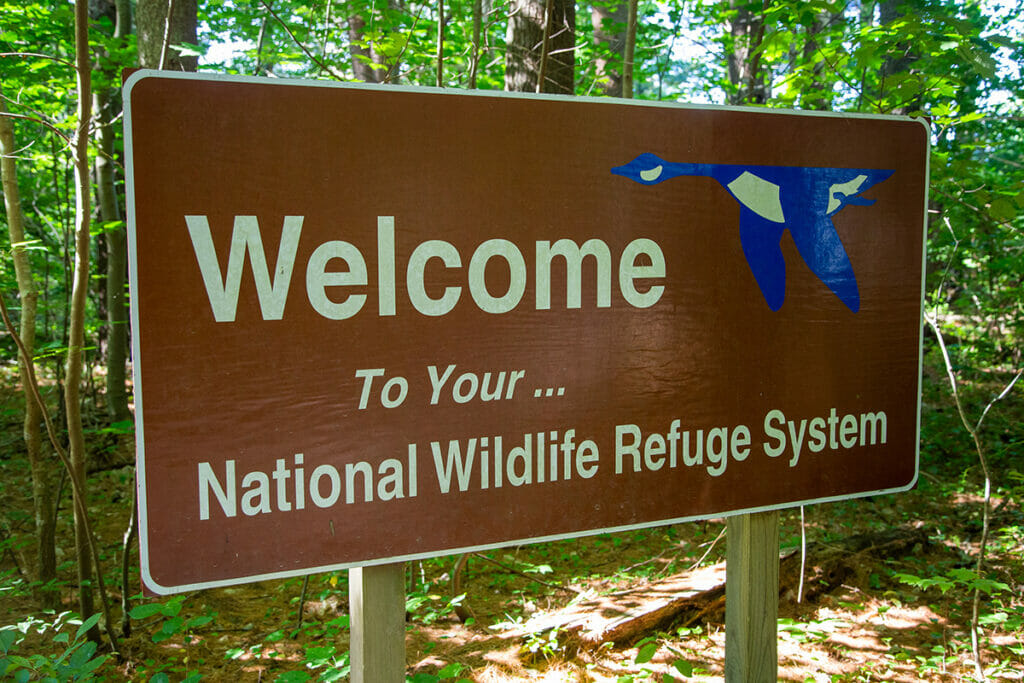
Unfortunately, wildlife refuges are not adequately funded to keep up with aggressive conservation goals, increased visitation, and continued maintenance needs.
Wildlife Refuges are facing new challenges
In recent years, visitation to federal public lands has increased dramatically, with more people than ever discovering the benefits of going outside and experiencing these special places. To handle this visitation and continue providing benefits to people and wildlife, it’s more important than ever to maintain and enhance infrastructure, staffing, conservation, and recreation access.
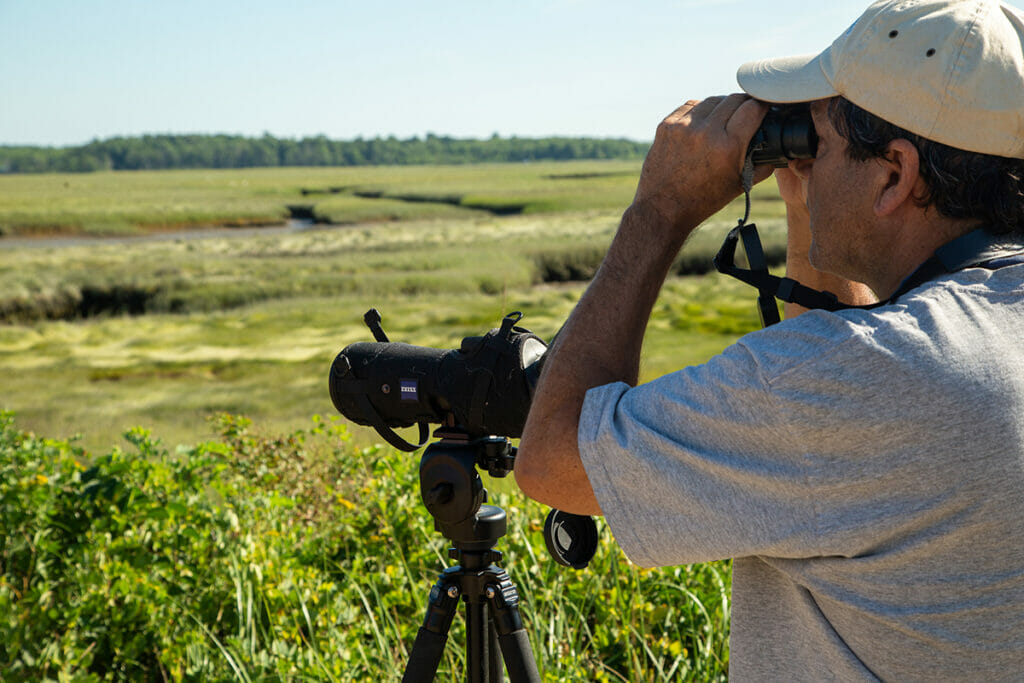
Over the past decade, annual visitors to wildlife refuges have increased 38 percent. They now host 65 million visitors every year. However, budgets for the refuges have hardly increased over that same time period. The high water mark for national wildlife refuges came in 2010 at $502 million; this year they received $519 million.
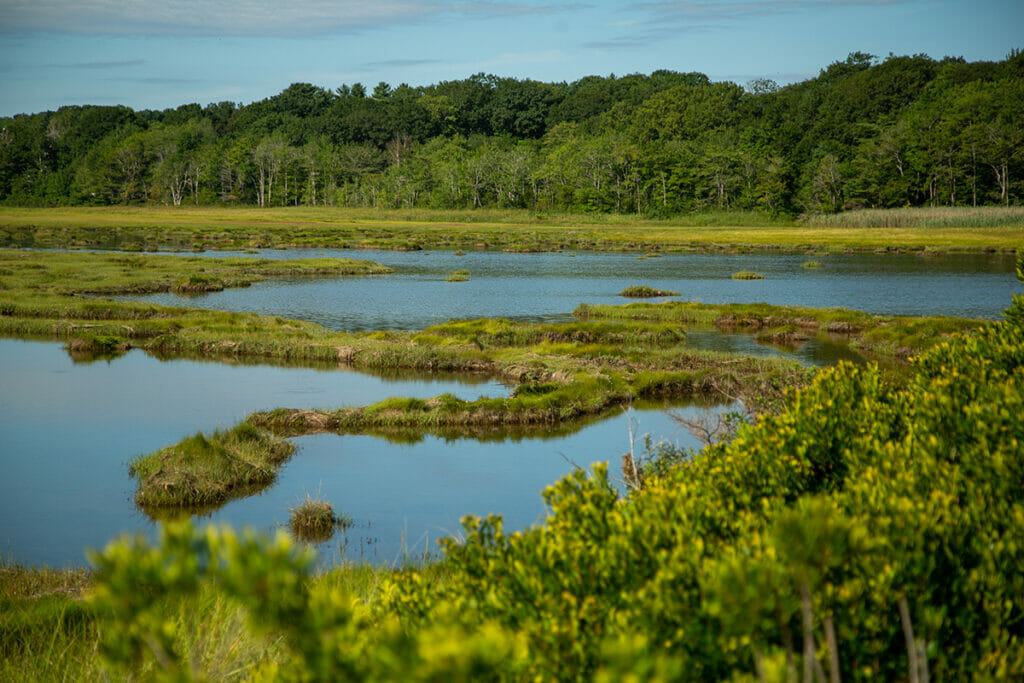
In the recently approved climate law, the National Park Service received a $500 million boost to hire new staff and help curb the impacts of increased visitation.
That’s worth celebrating and we thank the champions who made it happen, but this important public land system still needs more funding to fix crumbling infrastructure and continue working on critical habitat conservation. Increased funding will change the game for refuges across the country.
Tell Congress to increase funding for wildlife refuges
At National Wildlife Refuges, conservation and recreational access exist in harmony. The U.S. Fish and Wildlife Service needs increased funding to continue responsible management of the system.
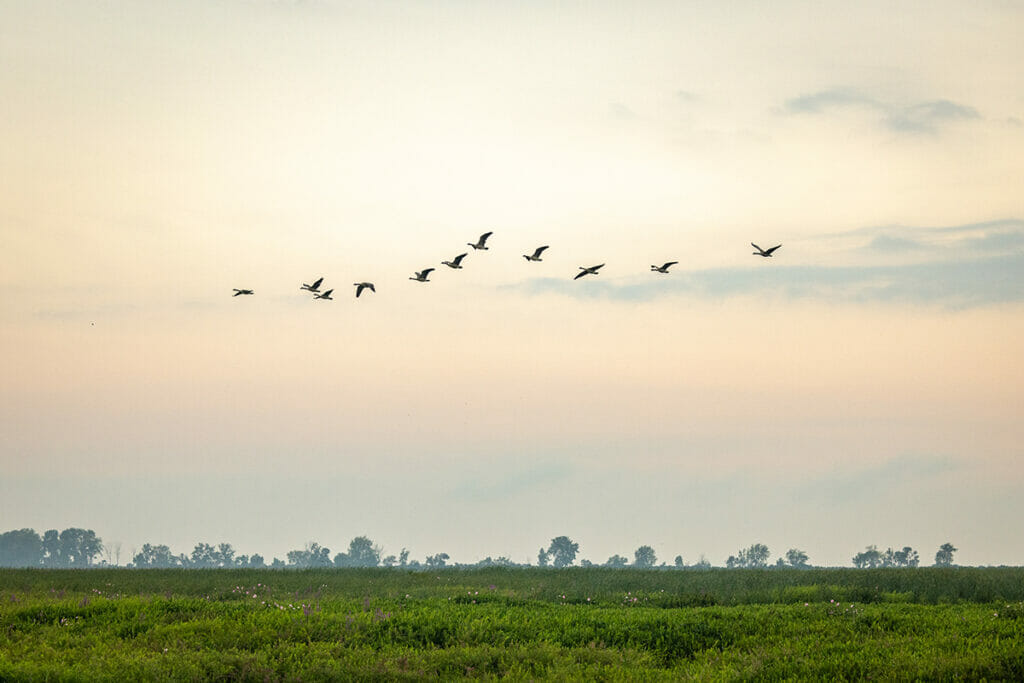
Here are the 5 biggest impacts more funding would have for these incredible public lands.
1. Safer recreation and staffed visitor centers
Wildlife refuges have lost almost 1,000 employees in the last decade, including significant numbers of law enforcement officers. With new funding, refuges can hire more staff to help manage recreation and ensure that visitors recreate responsibly.
2. Best-in-class educational opportunities
One of the best resources offered by wildlife refuges is community education and interpretation through tours, visitor centers and programs. But right now, some visitor centers aren’t even open to the public for lack of funds. With increased funding, these doors can open again so community members can learn more about these special places and the wildlife that inhabit them.
3. Reaching conservation goals in the face of climate change
Every wildlife refuge has highly specialized and specific conservation goals, from climate resiliency to habitat restoration. Each goal requires in-depth analysis, monitoring, and long-term management. But without robust funding, refuges can’t meet all their goals. Increasing the system’s budget will enhance conservation activities and help refuge managers prepare a changing climate.
4. Updated conservation plans
National Wildlife Refuges are managed by a Comprehensive Conservation Plan (CCP). These plans determine conservation activities, recreational uses, sensitive habitat needs, and more. By law, these must be updated every 15 years. However, chronic underfunding means that over 40 percent of CCPs are outdated and many refuges are operating without the tools to best serve wildlife populations, habitats, and local communities.
5. Completing backlog maintenance and fixing crumbling infrastructure
Like everywhere else, wildlife refuges see regular wear and tear. Fixing crumbling infrastructure and completing regular maintenance ensures visitor safety and protected habitat. While refuges received some maintenance backlog funding from the Great American Outdoors Act, more is still needed.
